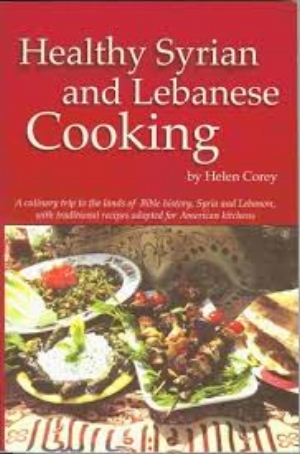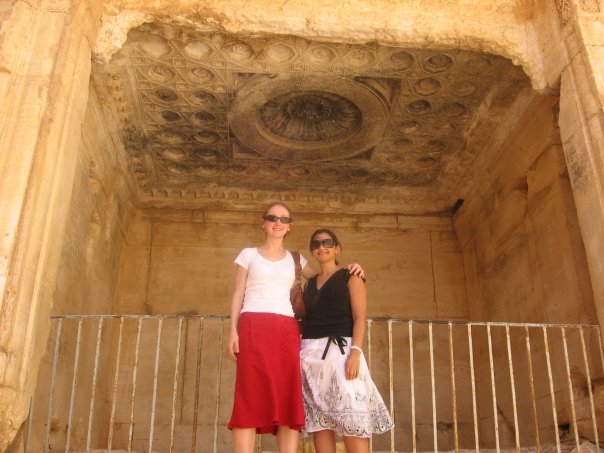Cannot read this without craving Middle Eastern food.
If I'm not thinking about food, cooking food, or eating food, I'm probably reading about food. Since the start of 2017, I've read over 15 food memoirs in the course of doing research for my own writing project. Some are better than others, and among my favorites for their depth of detail and original phrasing are those written by Diana Abu-Jaber. I first read The Language of Baklava and am now finishing Crescent (technically personally-inspired fiction, not memoir), and next up is Life Without A Recipe.
Also, delicious.
Abu-Jaber is Jordanian and of course peppers her books with Middle Eastern recipes, which always makes me hungry and eager to cook more Syrian food. Last night, I said to hell with more healthful mezze and made roz bhaleeb, a fragrant rice pudding. Versions of roz bhaleeb are found all over the Arab world and sometimes orange blossom water is used instead of rose water.
Up close and personal.
Ingredients
5 cups whole milk (don't skimp on the fat!)
1/2 cup medium-grain white rice
1/2 cup white sugar (or brown...drr...if you run out)
3 tablespoons rose water
1/4 cup crushed pistachios
































